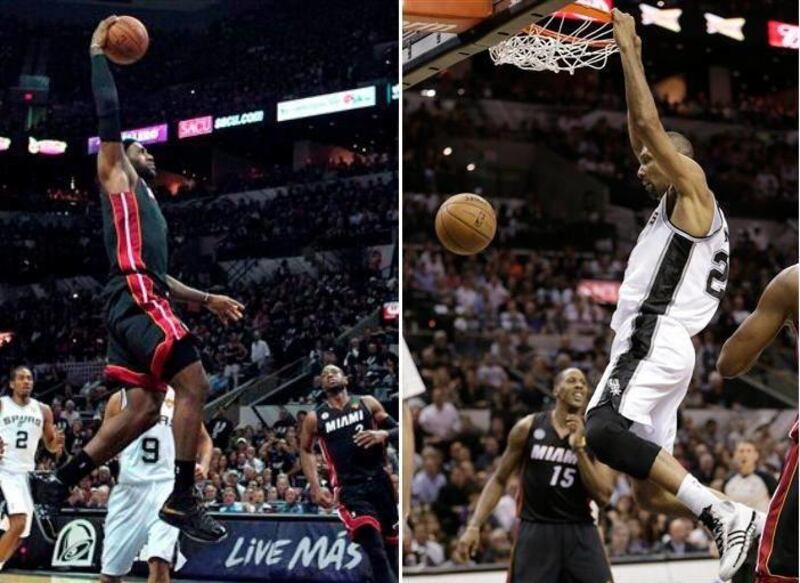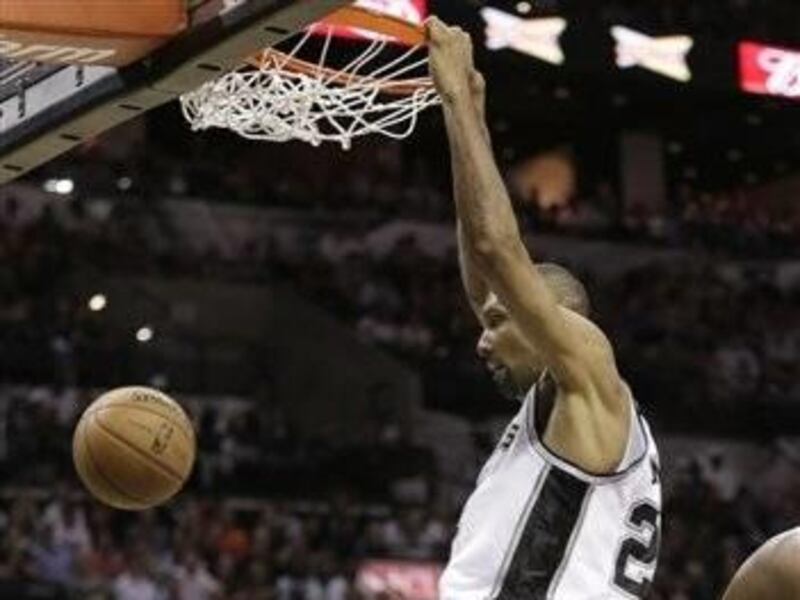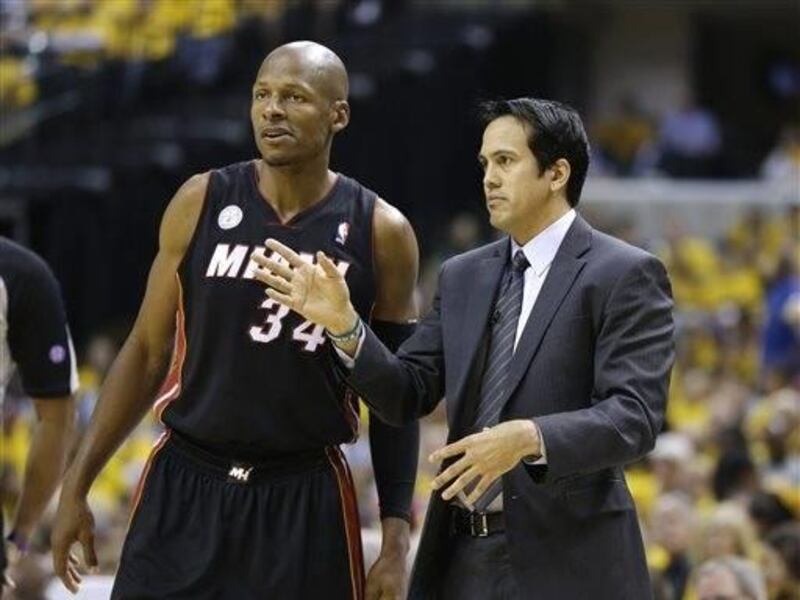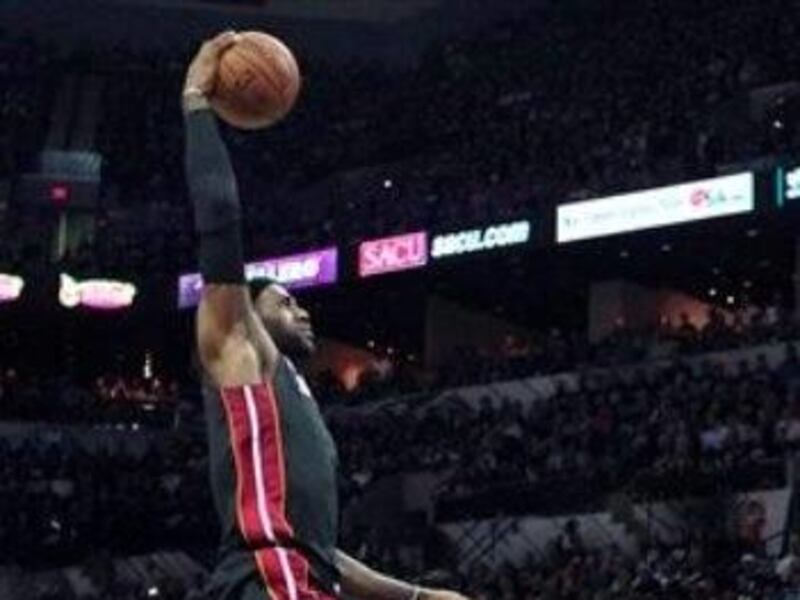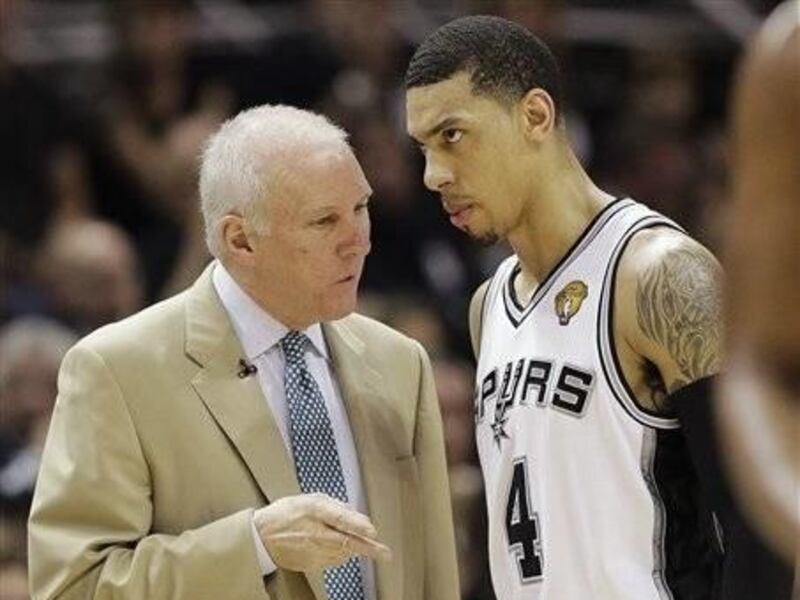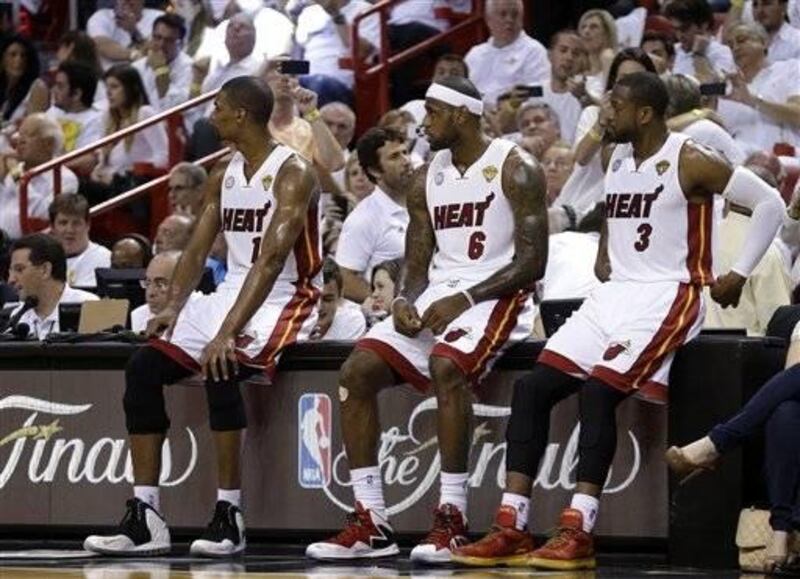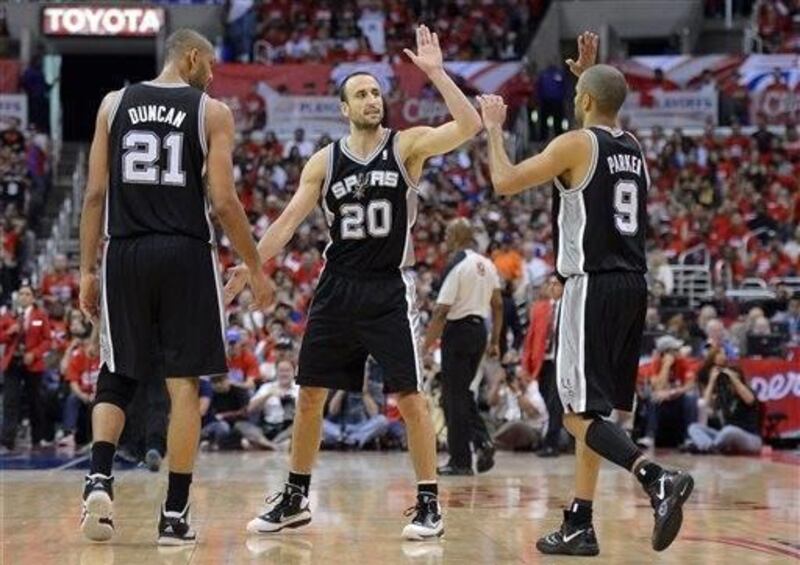Old vs. new; substance vs. style; predictable vs. temperamental.
Call it what you will, just know that there’s more at stake than the Spurs or Heat winning this year’s NBA Finals. Miami and San Antonio represent the two extremes of team-building philosophies.
Long-term vs. slapdash.
There’s a reason old-timers and nostalgic hoops fans favor San Antonio right now. Whether they want to or not, the Spurs represent the old days, when contenders were built from the ground up and a player’s name became synonymous with his team.
The Heat are the anti-Spurs, a Decision-based attempt to prove the NBA’s version of Rome can, in fact, be built in one day. It was new, radical and, many deemed, disrespectful to some unwritten law of competition inherent in the world of sports.
The debate as to which approach was better appeared settled a mere 11 days ago. After a spectacular meltdown to Dallas in 2011, the Heat hammered Oklahoma City in 2012 for their first and, according to LeBron James, definitely not last NBA title. Now they were back in the Finals again.
Three Finals appearances in a row? Dislike the Heat’s construction plan all you want, but it worked.
Until they met the Spurs.
Jazz fans should appreciate the Spurs. It’s the same core-guys-year-after-year approach that eventually saw Utah break through the Western Conference. The Jazz outwaited Showtime, witnessed Charles Barkley’s Suns break down, Hakeem Olajuwon’s Rockets deteriorate and Gary Payton’s Sonics flame out.
In the end, the Jazz were the only ones left standing amid the rubble that was the Western Conference. Yes, they made nip-and-tuck moves around John Stockton and Karl Malone, but their best move of all was making no big move at all. In the end, that decision got Utah to two NBA Finals appearances.
That same decision has the Spurs gunning for their fourth championship in a 10-year span with the same three-man core of Tim Duncan, Tony Parker and Manu Ginobili. It sounds easy, but it was anything but. Keeping the three of them together was harder than it sounds.
Duncan could have left. He stayed.
Parker was nearly traded. The Spurs resisted.
Ginobili could have broken down. He didn’t.
Contrast that to Miami, which is already fearing a mass-exodus of its stars in the 2014 offseason, less than a half-decade after they were assembled. After all the hype from 2010, a 1-2 record in the Finals will be deemed a failure. Two wins and a loss seems a lot better, and makes an even short-term dynasty seem worth it.
Even the development of role players is different. Miami thrives off former stars whose value has dropped due to age or injury. Ray Allen, Mike Miller and Shane Battier combine for enough flashbacks between them to give opponents headaches.
The Spurs? Gregg Popovich takes in players every other team has deemed as crap, turns them into sandwiches. Then he makes his opponents eat them.
You couldn’t ask for two more opposite mindsets for similarly talented teams. They clash as spectacularly in philosophy as they do on the court.
The question as to which is better — both teams and team-building methods — will be answered in the next one or two games.
Matt Petersen is the sports web editor for DeseretNews.com. You can follow him on Twitter at @TheMattPetersen.

